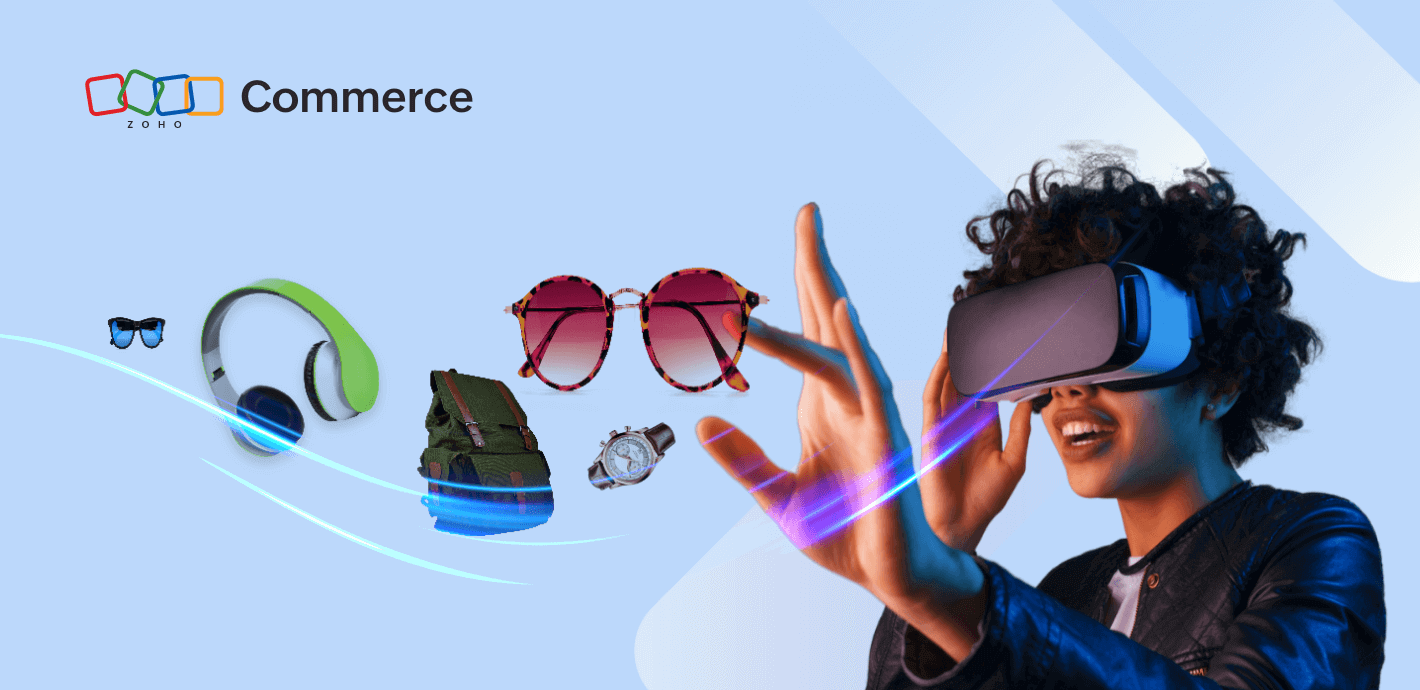Introduction
In the fast-paced world of e-commerce, web design is crucial for attracting and keeping customers. As technology evolves and consumer expectations rise, businesses must adapt to stay competitive. This blog explores the evolution of e-commerce web design, highlights the importance of staying updated with trends, and delves into current trends, emerging technologies, and UX/UI innovations shaping the future of online shopping.
Overview of E-Commerce Web Design Evolution
E-commerce web design has come a long way. From simple HTML sites to dynamic, responsive platforms, web design has evolved to meet the demands of the growing online marketplace. Early designs focused on functionality and basic aesthetics, while today’s sites prioritize user experience, mobile compatibility, and personalized interactions.
Importance of Staying Updated with Trends
Keeping up with e-commerce web design trends is crucial for businesses wanting to stay relevant and competitive. Trends reflect changing consumer behaviors, technological advancements, and industry standards. By embracing the latest trends, businesses can enhance user engagement, improve conversion rates, and strengthen their online presence.
Emerging Technologies Impacting E-Commerce Design
Augmented Reality (AR): AR allows customers to visualize products in their real-world environment, enhancing decision-making.
Artificial Intelligence (AI): AI-powered chatbots and recommendation engines provide personalized shopping experiences.
Progressive Web Apps (PWAs): PWAs combine the best of web and mobile apps, offering fast loading times and offline capabilities.
Blockchain Technology: Blockchain ensures secure transactions and transparency, building trust with customers.
5G Technology: Faster internet speeds enable richer multimedia experiences and smoother interactions on e-commerce platforms.
User Experience (UX) and User Interface (UI) Innovations
Personalized Experiences: Tailoring content and product recommendations to individual users based on their behavior and preferences.
Seamless Navigation: Intuitive navigation structures make it easy for users to find what they’re looking for, enhancing overall satisfaction.
Interactive Elements: Engaging features like interactive product images, videos, and 360-degree views captivate users.
Streamlined Checkout Processes: Simplified and secure checkout procedures reduce cart abandonment rates.
Inclusive Design: Ensuring accessibility for all users, including those with disabilities, by adhering to web accessibility standards.
Conclusion
The landscape of e-commerce web design is constantly changing, driven by technological advancements and shifting consumer expectations. Staying updated with the latest trends and innovations is essential for businesses looking to create compelling, user-friendly online shopping experiences. By embracing new technologies and focusing on UX/UI improvements, e-commerce businesses can thrive in the competitive digital marketplace.

